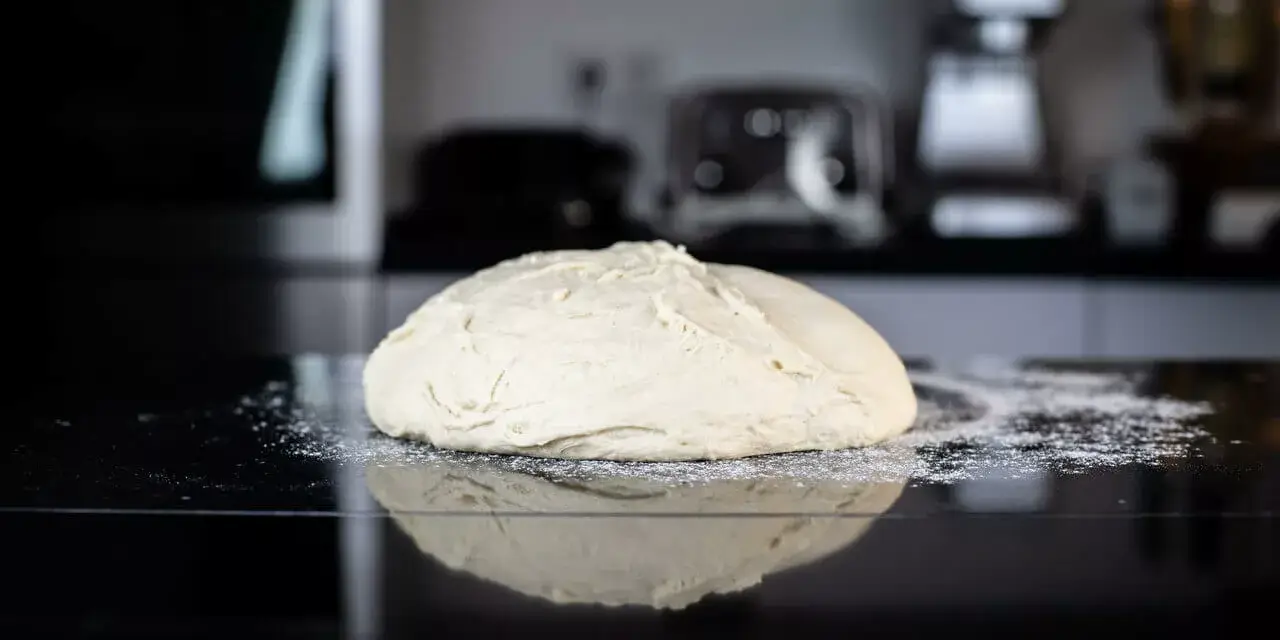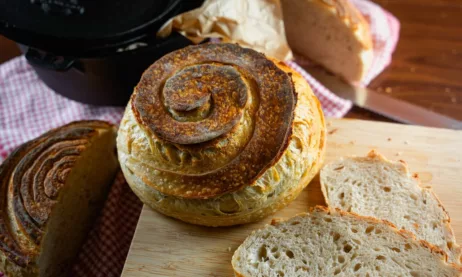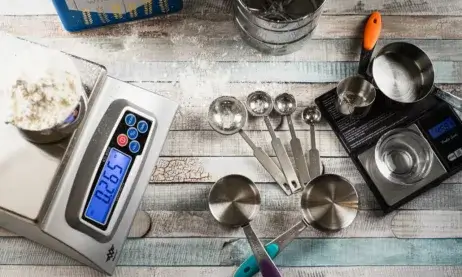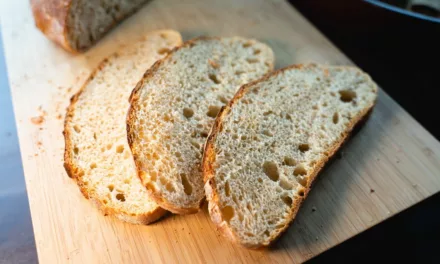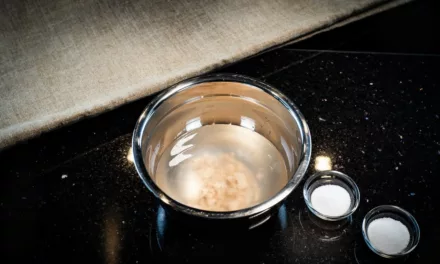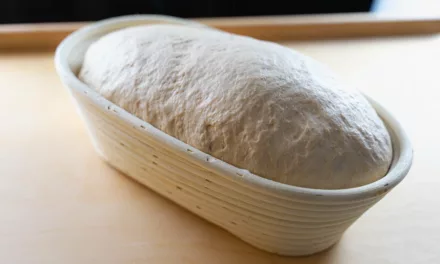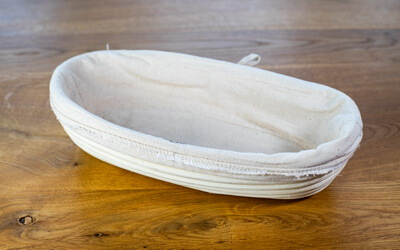Are you ready to dive into the world of bread-making, but unsure about the best method to knead your dough? You’ve come to the right place! This comprehensive guide will explore the age-old debate: kneading bread by hand vs using a mixer.
Bread-making can be a daunting task, especially when it comes to kneading the dough. It’s a crucial step that can make or break your bread. But don’t worry, whether you’re a seasoned baker or a beginner, this guide will help you understand the pros and cons of both methods and choose the one that suits you best.
With years of experience in the baking world, I’ve kneaded countless loaves of bread, both by hand and with a mixer. I’ve learned that each method has its unique benefits and challenges, and the choice largely depends on your personal preference and the type of bread you’re making.
So, are you ready to roll up your sleeves and delve into the art of kneading? Let’s get started and discover the secrets to perfect bread dough!
Table of Contents
- Hand Kneading
- Advantages of Hand Kneading
- Disadvantages of Hand Kneading
- Stand Mixer
- Advantages of Stand Mixer
- Disadvantages of Stand Mixer
- Conclusion
- Frequently Asked Questions (FAQ)
Hand Kneading
Hand kneading is a technique that has been used for centuries, and it’s still the preferred method for many bakers. It involves using your hands to stretch, fold and push the dough until it becomes smooth and elastic. The process of kneading by hand can be quite therapeutic, and many bakers find it to be a relaxing and enjoyable activity.
Advantages of Hand Kneading
One of the main advantages of hand kneading is that it allows you to feel the dough and adjust the kneading as needed. You can feel the dough’s texture, and if it’s too dry, you can add more water, and if it’s too wet, you can add more flour. This hands-on approach also allows you to monitor the dough’s progress and adjust the kneading time accordingly.
Another advantage of hand kneading is that you have more control over the dough. You can adjust the kneading speed and technique to suit the type of bread you’re making. For example, if you’re making artisan bread, you may want to knead the dough for longer to develop more gluten and create a chewier texture.
Disadvantages of Hand Kneading
The main disadvantage of hand kneading is that it can be a physically demanding process. Kneading dough requires repetitive motions that can cause strain on your wrists and hands. If you’re not careful, you can develop carpal tunnel syndrome or other wrist injuries. Hand kneading also takes more time and effort compared to using a mixer, which can be a deal-breaker for busy bakers.
Stand Mixer
Stand mixers are a popular alternative to hand kneading. These electric kitchen appliances come with a dough hook attachment that mimics the kneading action of human hands. Using a stand mixer to knead bread dough is a convenient, time-saving option that many home bakers prefer.
Advantages of Stand Mixer
One of the main advantages of using a stand mixer is that it’s a time-saver. Kneading by hand can take anywhere from 10 to 20 minutes, depending on the type of bread you’re making. With a stand mixer, you can knead the dough in a fraction of the time. This is especially helpful if you’re making large batches of bread or if you’re short on time.
Another advantage of using a stand mixer is that it takes the physical strain out of kneading. You don’t have to worry about developing wrist and hand injuries from repetitive motions. Using a stand mixer is also a hands-free option that allows you to multitask while the dough is kneading.
Disadvantages of Stand Mixer
One of the main disadvantages of using a stand mixer is that you have less control over the dough. Unlike hand kneading, you can’t feel the dough’s texture, and you have to rely on the mixer’s speed and time settings. This can lead to over-kneading, which can break down the gluten and result in a dense, tough bread.
Another disadvantage of using a stand mixer is that it’s a noisy appliance. The sound of the mixer can be quite loud, which can be annoying if you’re trying to work in a quiet environment.
Conclusion
In conclusion, the choice between kneading bread by hand or using a mixer largely depends on personal preference, the type of bread you’re making, and the time and physical effort you’re willing to invest.
Hand kneading offers a tactile experience and greater control over the dough, allowing for adjustments in kneading speed, technique, and dough texture. However, it can be physically demanding and time-consuming.
On the other hand, using a stand mixer is a convenient and time-saving option that eliminates the physical strain of kneading. However, it provides less control over the dough and can potentially lead to over-kneading, resulting in a dense, tough bread.
Regardless of the method you choose, the key to successful bread making lies in understanding the dough’s texture and knowing when it has been kneaded enough. Ultimately, both methods can yield delicious bread, so it’s worth experimenting to find the method that works best for you.
Friendly Asked Questions (FAQ)
Is it better to knead dough by hand or mixer?
It depends on personal preference and the type of bread you’re making. Hand kneading allows for more control over the dough, but it can be physically demanding and time-consuming. Using a stand mixer is a convenient and time-saving option, but it can lead to over-kneading and less control over the dough.
What is the advantage of hand kneading over-kneading with the power mixer?
Hand kneading allows you to feel the dough’s texture and adjust the kneading time accordingly. You also have more control over the dough and can adjust the kneading speed and technique to suit the type of bread you’re making.
Does a stand mixer replace kneading?
A stand mixer can replace kneading by hand, but it’s important to monitor the dough’s progress and adjust the kneading time accordingly.
Does kneading dough make it softer or harder?
Kneading dough develops gluten, which creates a smooth, elastic texture. This results in a softer, more tender finished bread.
What is the most effective kneading technique?
The most effective kneading technique is to stretch and fold the dough until it becomes smooth and elastic. This helps to develop gluten and create a soft, tender finished bread.
How do you know if bread is kneaded enough?
You can tell if bread is kneaded enough by performing the windowpane test. This involves stretching a small piece of dough until it’s thin enough to see through. If the dough is smooth and elastic and doesn’t tear, it’s kneaded enough.
Does more kneading make better bread?
More kneading doesn’t necessarily make better bread. Over-kneading can break down the gluten and result in a dense, tough finished bread.
What are the disadvantages of a stand mixer?
The main disadvantages of a stand mixer are that you have less control over the dough and it can lead to over-kneading. Stand mixers are also noisy appliances.
How long should you knead bread?
The amount of time you should knead bread depends on the type of bread you’re making. Generally, hand kneading takes 10 to 20 minutes, while using a stand mixer takes 5 to 10 minutes.
How long should I knead with a mixer?
You should knead with a mixer for 5 to 10 minutes, depending on the type of bread you’re making.
How long should I knead bread dough by hand?
You should knead bread dough by hand for 10 to 20 minutes, depending on the type of bread you’re making.

